2023 became one of the deadliest years in Mount Everest’s history, with dozens of deaths in a single season. Despite worldwide speculation and bad news about climbing Mount Everest this year, there were some inspiring stories too.
On May 22, 2023, American climbers Shayna Unger and Scott Lehmann became only the third and fourth deaf people to summit Mount Everest. Another deaf climber to reach the summit this year was Malaysian mountaineer Muhammad Hawari Hashim, who scaled the highest peak on May 18.
Shyana and Scott not only summited Everest but also scaled Lhotse, the fourth-highest mountain, the next day.
After scaling the world’s highest and fourth-highest mountains, they not only set personal Mount Everest records but became a source of motivation for everyone. They defied all odds, raising global awareness about disability.
Shayna became the first deaf woman, and Scott became the first deaf American to stand on the Everest Summit.
View this post on Instagram
Were disabled climbers allowed to climb Everest in previous years?
It may surprise you to know that Nepal banned disabled climbers in 2017. The ban was for people with complete blindness or double amputation and those proven medically unfit for climbing, including deafness.
The rule was criticized by many, including Hari Buddha Magar, an ex-Gorkha Soldier who lost both legs while serving in Afghanistan. He was also a person who fought the ban until it was repealed in 2018. Later, he summited the highest peak on May 19, 2023, becoming the first double above-the-knee amputee to ascend Mount Everest.
When asked about this by THT, Shyana, and Lehmann said, “We were in a state of shock, questioning whether our disability would prevent us from climbing the mountain. But our hope was alive in 2018 again.”
The couple has dreamed of climbing Everest since they got into mountaineering in 2015. After the ban was lifted, the couple underwent months of intensive finally training to ascend the highest peak.
Deaf Climbers on Mt. Everest
According to the World Federation of the Deaf, there are around 70 million Deaf people in the world. They use around 300 different sign languages to communicate.
However, until this year, only one Deaf person was reaching the summit of Mount Everest, i.e., the Japanese national Satoshi Tamura.
Tamura succeeded in his third attempt on May 25, 2016, before Nepal banned disabled climbers.
This year, Unger, Lehmann, and Hashim were the three people to achieve the impossible feat. The three people met at Everest Base Camp when the Malaysian climber reached out to the couple.
They became friends afterward, although their communication styles didn’t match. They used a mix of ASL, International Sign Language, and gestures to convey their message.
Hasim beat the couple while climbing and reached the summit on May 18, but he hasn’t been seen since. There are photos of him scaling the summits everywhere on social media.
After he started descending from the summit to Camp Four, he disappeared into the thick snow. The Malaysian government and Nepali authorities assisted in the search mission afterward, but it was abandoned on June 6 after not being found. Around 17 climbers died in the Spring of 2023 while climbing Mount Everest.
Unger and Lehmann’s Climbing History and Challenges
How do you communicate with a Sherpa? What happens if you can’t see at night? How do sherpas communicate in harsh weather?
These are some common questions asked of Unger and Lehmann, a deaf couple. Normally, Everest environments add challenges for anyone. High-speed winds, darkness, swirling snow, and others are some challenges faced by everyone, deaf or not.
Unger and Lehman have been together since high school. They got into mountaineering together only after 2015, when the couple summited Kilimanjaro.
Lehmann had more experiences from his cross-country trip earlier and fell in love with climbing. Later, he signed up for a course, but not many resources were available in his native ASL.
In an interview with CNN, he said he mostly learned through trial and error and watching videos of other climbers. Later, he taught Unger too.
Typically, the couple uses a voice-to-text translation app. Big to communicate with guides and other climbers. But there’s no good network at high altitudes, which is why this turned out to be a bad idea on Mount Everest.
They would remove the gloves to touch the touch screen and then put them on again, which added the challenge of frostbite. The couple thought this would be a massive problem on Everest and then discarded the idea.
Before the climb to base camp, the couple taught the guide about their communication style. They decided to use some basic ASL and visual cues and signals to indicate different topics while climbing.
According to CNN, the couple had a hard time climbing up with the Sherpa. Later, the Sherpa understood their visual cues, which were easier for them after two weeks.
Near the summit, Lehmann’s mask was filled with ice, making it uncomfortable for him to talk and communicate. He says he almost lost everything there due to fear. Later, Sherpa could bring the group back on track after he noticed Lehman’s strange behavior.
“There were a lot of different barriers we had to go through to get to Everest, so when we reached the top, we felt like we overcame the odds,” says Unger. “We were proud of ourselves.”
What’s next now?
The couple has already climbed Kilimanjaro, Aconcagua, Mont Blanc, the Matterhorn, and Denali. Now, they have a goal: to be the first deaf climbers to complete the accents of the highest mountain on each continent.

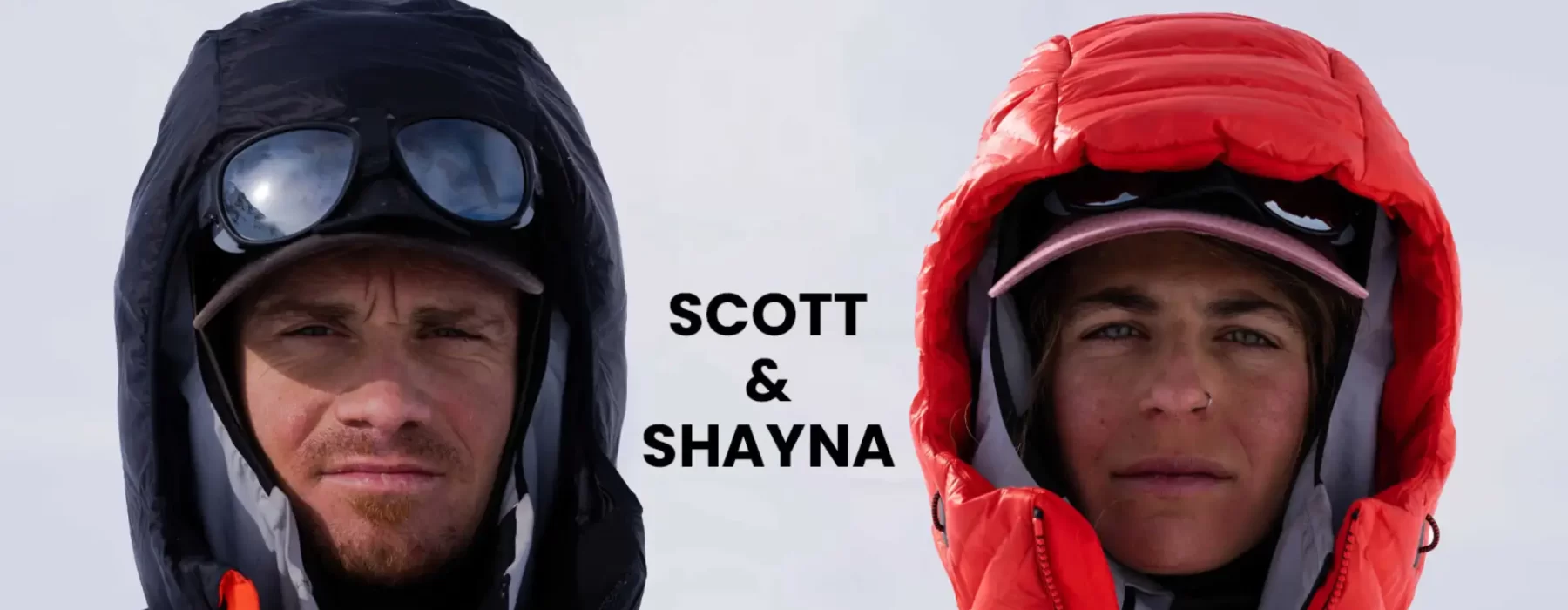
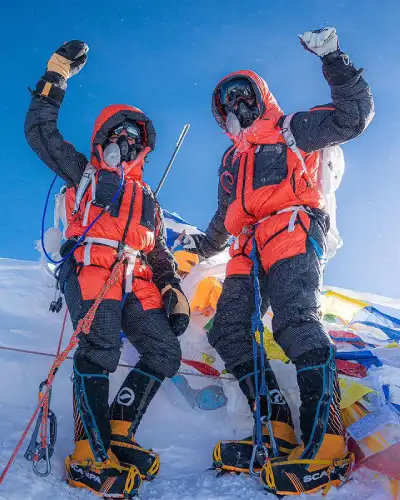
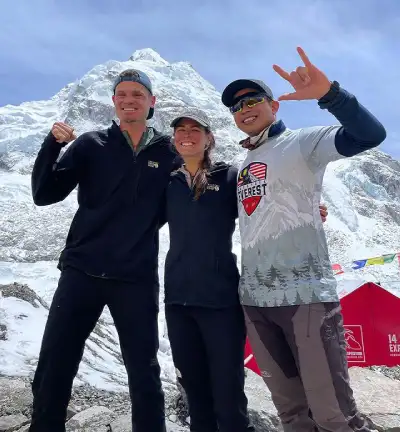

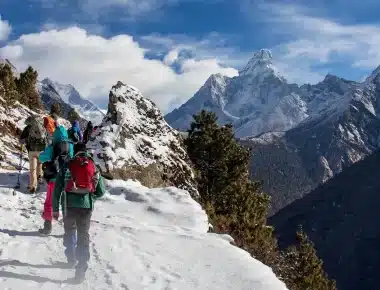
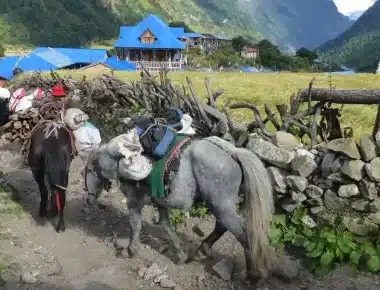
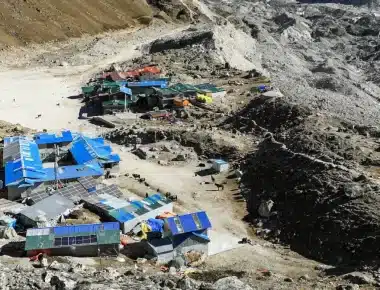
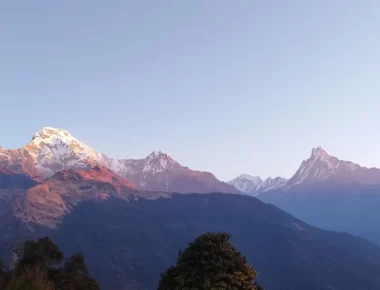

0 Comments